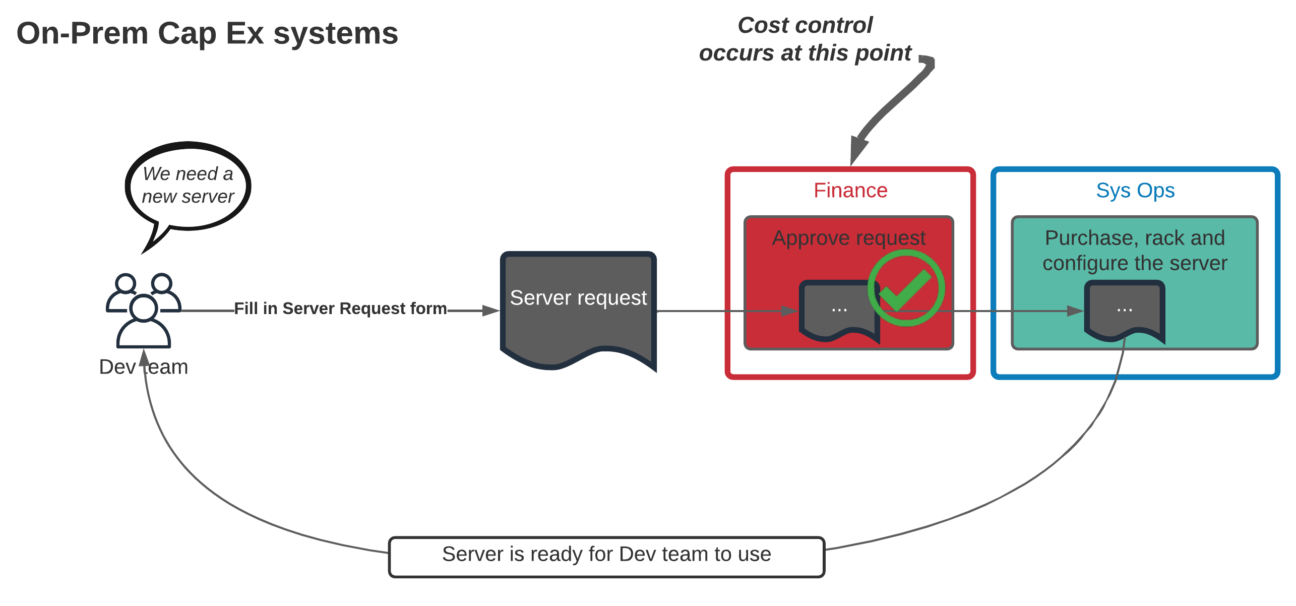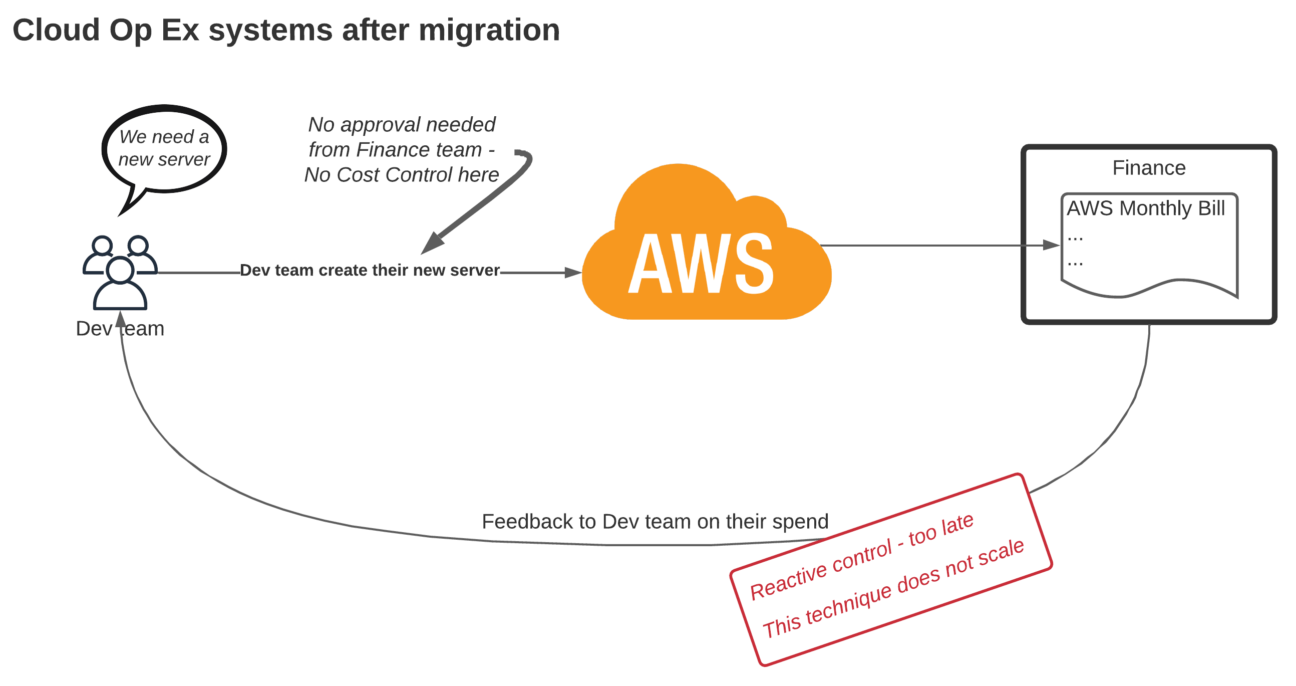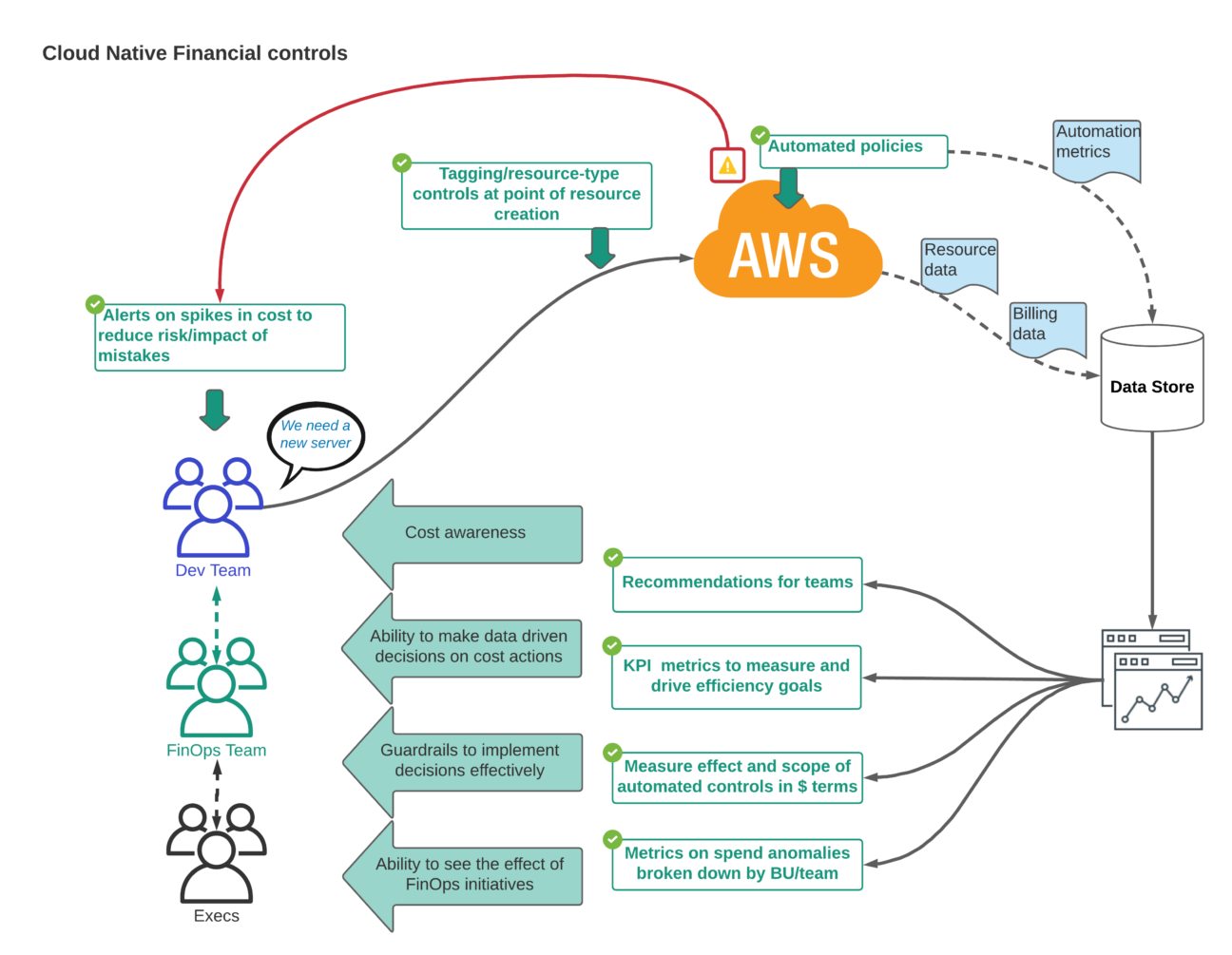What is FinOps?
FinOps has become something of a buzzword, a tech approach namechecked in articles and conferences. So what exactly is FinOps? And why is it a potential game changer for your business?
Going beyond the buzzword, by definition, FinOps is the creation of technical and social solutions to support an organisation’s ability to manage its Cloud spend. Different levels within an organisation (developers, architects, executives, etc) all have different requirements, however the goal of FinOps is to create a common language through which all levels of the organisation can communicate effectively.
If it seems that FinOps is about saving money, then think again. FinOps is about making money
The FinOps Foundation community, FinOps.org, currently uses the following definition for FinOps:
“FinOps is an evolving cloud financial management discipline and cultural practice that enables organisations to get maximum business value by helping engineering, finance, technology and business teams to collaborate on data-driven spending decisions.”
To kill off one myth quickly, the FinOps Foundation and the ‘Cloud FinOps’ book state:
“If it seems that FinOps is about saving money, then think again. FinOps is about making money“
It’s often easiest to first think about this from an engineer’s perspective. This AWS blog post describes FinOps from the engineer’s perspective:
“FinOps is ‘the idea of combining financial accountability with autonomous team delivery. Delivery teams can be made responsible not just for delivering code, operating the code, securing the code, and making sure that the code accomplishes its objectives, but also for managing its costs, both fixed and variable‘. With the ultimate goal being to “change the team’s delivery process to include consideration of costs“.
As FinOps places even more responsibility onto the delivery teams, an organisation needs to put solutions and support in place to enable teams to act autonomously.
Why does your organisation need FinOps?
When moving from on-premise infrastructure to the Cloud, it’s common for organisations to find that their existing financial controls are no longer effective.
With the adoption of the ‘you build it, you run it, you own it’ product teams, providing the right support is essential if they are to be empowered to make sound financial decisions regarding their products’ use of cloud services – be that core infra or managed services. A large organisation can have hundreds of these product teams, so a scalable FinOps system is needed to meet their needs.
The image below shows how hardware spend is controlled in the ‘on-prem’ world. In this system, it’s easy for an organisation to control spend if they’re running over budget – they just stop approving new purchase requests. It allows finance teams to be proactive and stop overspending at the source.

As organisations migrate into the cloud, the application teams start using the new capabilities the cloud providers offer to speed up development. However the organisational structures governing financial controls are often not improved in tandem or to the level required to keep up. This puts finance teams in a position of having to go into a reactive mode, creating a struggle to keep up with the pace and scale of governance requirements related to cloud computing.
Finance teams have not previously had to use automated techniques before, or worry too much about how to engage with engineering teams in the ‘on-prem’ world, as engineering teams came to them with the requests for hardware. Now the tables have turned and the application teams are in control of their own spend.

Moving to a Cloud Native FinOps model
So how can you empower your application teams, but still manage cloud spend at scale? A new model for financial governance, one designed specifically for the cloud is needed. Meet the Cloud Native FinOps model. Cloud finance needs to be considered as a service model, with the FinOps platform supporting all areas of the organisation in their use of cloud services.
The platform level work required is closely related to other Cloud platform work (eg security-as-a-service). FinOps work may initially begin in isolation from other platform functions, but the long term location for FinOps is within the wider Cloud platform team, not in a silo.

When thinking about applying FinOps techniques, first thoughts naturally converge around cost, and people often focus on ‘reducing spend’, however an organisation shouldn’t be looking at reducing spend (and C02 usage) in the cloud as the long term problem to be solved. The real long term problem to address is making sure your organisation is using its cloud resources as efficiently as possible, in a sustainable way. Consistent awareness of the efficiency and performance of cloud resources within the context of a business’s products and structure is essential.
So how are these elements defined in relation to FinOps?
- Efficient use means only using what you need, and having the ability to make the best decisions when negotiating discounts.
- Sustainable means that your engineering teams need to be able to maintain their performance within this environment and continue to innovate and generate revenue.
- Context means costs are shown in relation to the revenue/value the products generate (unit economics).
The ownership and task of solving these problems sits across various layers within an organisation, in particular executives, finance and engineering/operations. These groups all need support in making the right decisions as they perform their work.
A cloud platform group should own the problem of supporting each team, creating technical and social solutions to support the employees to make the right decisions as they operate and interact with cloud service providers.
This cloud platform group can help to free up cost constraints within the organisation – enabling greater focus on improving quality, improving the speed of delivering, and leveraging the benefits that cloud service providers offer. All these benefits lead to greater innovation and increased revenues. The cloud platform group’s work should be seen as a revenue generating profit centre, not a cost centre.
Turn issues into metrics and see your efficiency grow
The next time you are at a conference or reading a tech blog, don’t be fooled into thinking the underlying problems that organisations face are centred on cost savings or cutting C02 emissions. Instead think of cost savings and CO2 emissions as the metrics by which your efficiency can be measured, and ultimately, continuously improved upon.
By framing the problem correctly, your teams are freed up to come up with innovative solutions to the real issue – creating and maintaining the long term sustainable efficiency your organsion needs to thrive.
The organisation that consciously focuses on the real challenge of using its cloud resources efficiently, will find that the underlying symptoms of spiralling costs and CO2 emissions are treated and its solutions will reap the benefits.
If Cloud efficiency is a priority for your organisation, get in touch to find out how we can support you.
Find out more about Distributed Cloud at Devoteam and our partnership with AWS.
